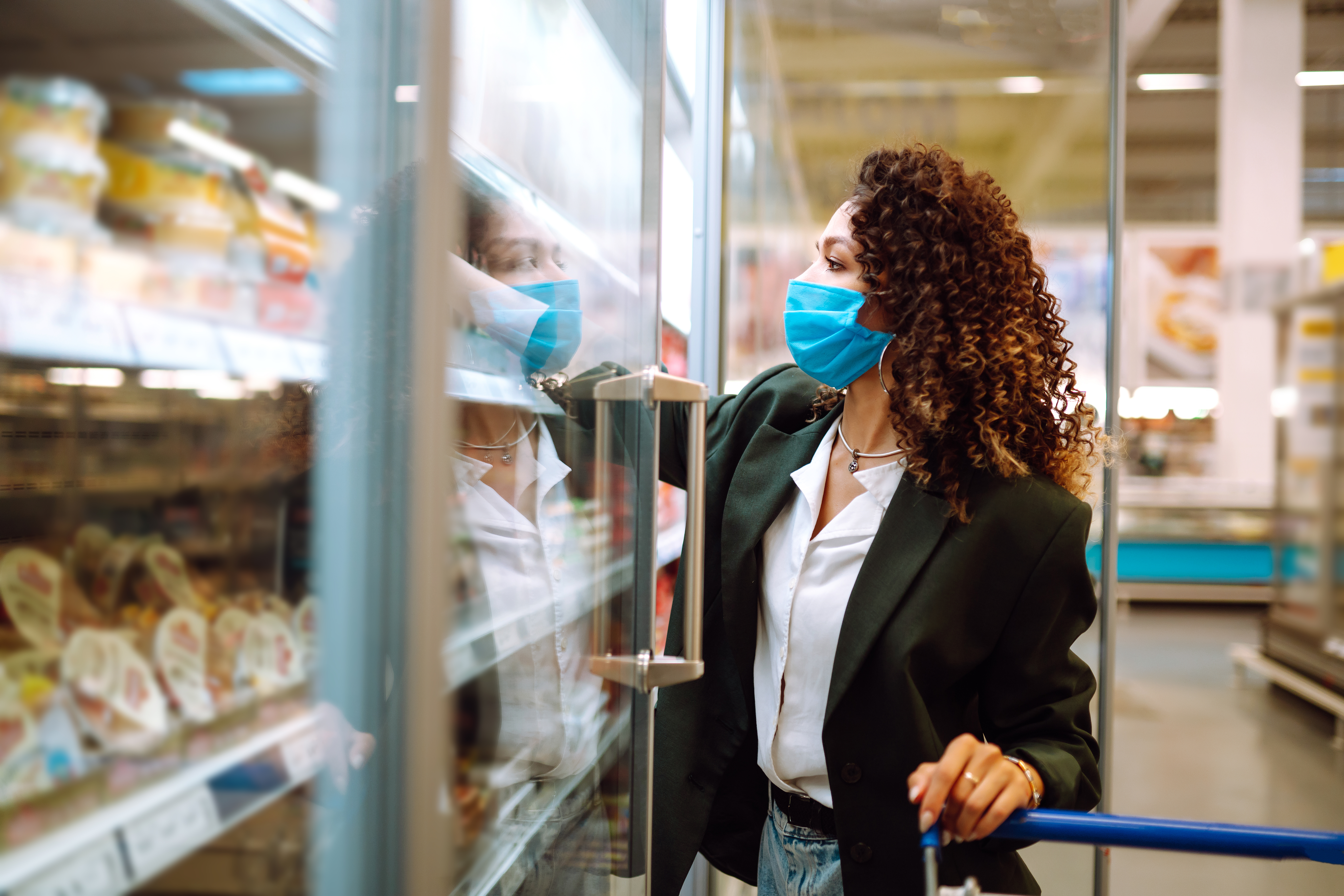It’s no secret that brick-and-mortar traffic is down and that brands must turn to innovative omnichannel experiences to draw in today’s brand-fickle consumers.
Marketers have seen impressive improvements due to personalization, and most consumers have come to expect personalization from the companies they deal with. Although today’s consumers value privacy, they are willing to share information if they believe it will result in better service delivery and recommendations of products and services that meet their needs.
Data Matters More Than Ever
Before we look at some of the most noteworthy ways brands have personalized their products for their audiences, we have to note the importance of good data. Knowing your shoppers’ and prospects’ buying patterns and preferences requires control over and insights into hard facts and figures. Having a clean and current database is just the beginning. Artificial intelligence (AI) and machine learning (ML) will soon be critical in helping brands understand exactly who their customers are and assisting in targeting decisions.
Today’s retail marketers who are taking full advantage of personalization techniques know not only what people are buying, but where and when they are buying — both online and in store.
Data is critical to creating personalized shopper experiences. It can be used to forecast behaviors and sales and, ultimately, to bolster your personalization efforts.
The Best in Personalized Experiences
Now, for the examples. These are just a few of the many ways retailers have incorporated personalization into the shopping experience and marketing.
1. Simple Yet Effective — the Power of One
The “Share a Coke” campaign dramatically increased sales for Coca-Cola — the first time in four years the brand saw growth. Allowing someone to create a bottle with his or her own name or other favorite word seems very basic. It clearly speaks to the need that consumers have to make a brand their own.
The campaign is personalization at its simplest and most obvious level, although the execution took creative uses of technology and manufacturing. On-demand printing has made this type of personalization more common and cost-effective to execute.
2. Sports Marketers Are Personalization Champions
Examples in the personalization playing field abound in this sector. Technology-based products such as Nike’s Run Club monitor activity and connect shoppers to other like-minded weekend athletes. REI also uses this type of customer matchmaking to build loyalty. Adidas customizes its shoes based on shoppers’ locations.
Other brands should look to the sports industry for creative personalization ideas. Like food, sports is a category where no two tastes are alike. The more you understand your “fans,” the more effective your marketing can be.
3. Trying VR on for Size
Fashion subscription company StitchFix makes recommendations to customers based on their personal styles and previous purchases. The concept of remote fashion buying is nothing new. But some consumers still want to select and customize their own wardrobes. During the pandemic, we saw a rise in the use of virtual reality (VR) to enable shoppers to “try on” clothes from their laptops or tablets.
The use of technology in consumer decision-making extends beyond the fashion world. Many furniture retailers have introduced technologies that enable consumers to see furniture in their own homes (on-screen) before purchasing. Once retailers have this browser and shopper data, they can make more informed recommendations for accessories and new purchases, building cross-sell and up-sell revenue.
4. We Know Where the Customer Is — Right Now
Geo-targeting is not new, but now that consumers carry smartphones 24/7, retailers have the ability to target promotions to shoppers when they are in the neighborhood — literally. Denny’s saw a 34% sales increase by targeting consumers with promotions using location data, and the Container Store uses geographic targeting to deliver better service, alerting staff when a shopper is nearing a location for curbside pickup.
5. Color Me Unique
Sephora has ranked in the No.1 position for three years running on this media outlet’s personalization rock stars list. What could be more personal and individualized than someone’s skin tone and cosmetic preferences?
The brand combines a best-in-class mobile app, a database that keeps track of purchases and preferences, and highly tailored suggestions for new products and add-ons. In-store make-up artists capture detailed customer data and feed it into the retailer’s system, fully integrating the online/offline experience. According to McKinsey & Company, Sephora’s loyalty program now has around 25 million members, accounting for 80% of Sephora’s total transactions.
The Keys to Personalization Success
Although the above examples are notably different from one another, they can be summarized in these simple principles:
-
- Collect the right data. According to Shopify, purchase history, browsing history, hobbies, interests, birthdays, likes and dislikes are the basics. As long as you’re using data to improve service levels or recommend relevant products, consumers typically will not object to sharing their information.
- Your current shoppers can be a significant revenue source. Loyalty programs can be highly effective.
- Digital and in-store must be fully integrated. Use online shopper data as well as in-store insights.
- Keep your database up to date.
- Stay on top of new technologies that enable you to personalize at scale and deliver unique and customized shopping experiences.
- Work with experts who understand retail personalization.
Remember, if you apply data to create a better — and more personalized — customer experience, consumers are willing to share information. Use it wisely, and expand your business’s retail reach.

